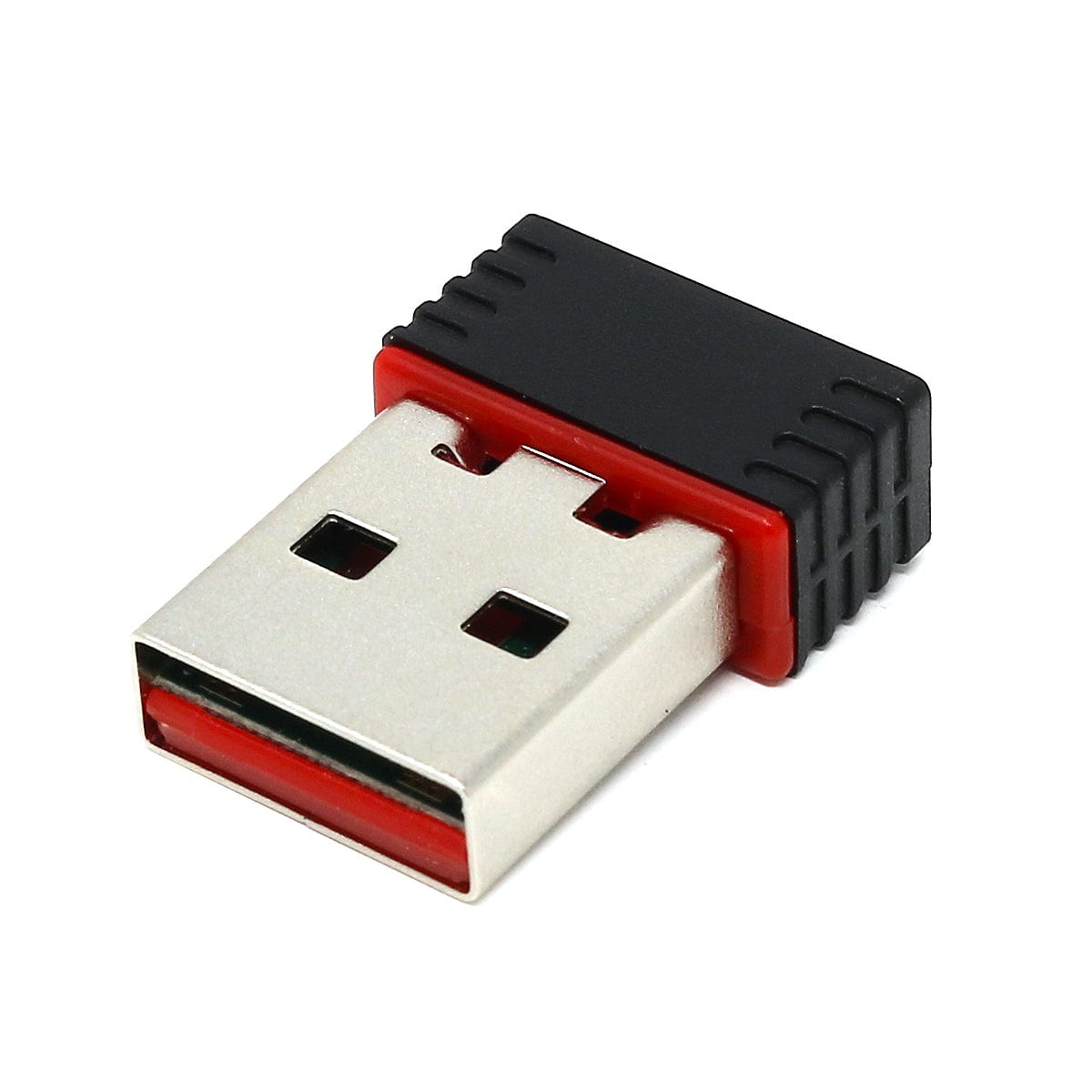-
Description
Add Internet to your next project with an adorable, bite-sized WiFi microcontroller, at a price you like! The ESP8266 processor from Espressif is an 80 MHz microcontroller with a full WiFi front-end (both as client and access point) and TCP/IP stack with DNS support as well. We do sell these on a breakout, but maybe you wanna just put this in your own project PCB.
These modules are very easy to hand solder, with big pads! We have this part in the Adafruit Eagle library (ESP12) - the extra pads don't appear but they are not usable anyways.
Comes with 4MB flash chip, ESP processor, and onboard antenna. These come pre-progammed with the NodeMCU Lua firmware, so you are ready to rock. Some extra parts will be needed to get this going, check out the HUZZAH schematic for the extra components we recommend
For advanced users only! This product is just the module - which can be difficult to use. Click here if you're looking for the Huzzah ESP8266 Breakout!
Technical Details
- Dimensions: 24mm x16mm x 3mm / 0.9" x 0.6" x 0.1"
- Weight: 2g
- 4MB Flash
- ESP8266 specification sheet
- FCC test report for the module (FCC ID: 2AHMR-ESP12S)
- FCC test report for the ESP-12F module (FCC ID: 2AL3B-ESP-F)
- Huuuuge amount of information on https://theihuty.shop/ community forum!
- NodeMCU (Lua for ESP8266) webpage with examples and documentation on the Lua framework
- Arduino IDE support for ESP8266
- https://theihuty.shop/
Revision Note:
- As of December 1, 2018 we are shipping the ESP-12F version again which has the SPI flash pads brought out on the bottom row. Note that you cannot use them for GPIOs or anything, they are there so you could program the FLASH chip only.
- As of December 1, 2016 we are shipping the ESP-12S version which no longer has the SPI flash pads brought out on the bottom row. Note that you couldn't use them for GPIOs or anything, they were there so you could program the FLASH chip only.














